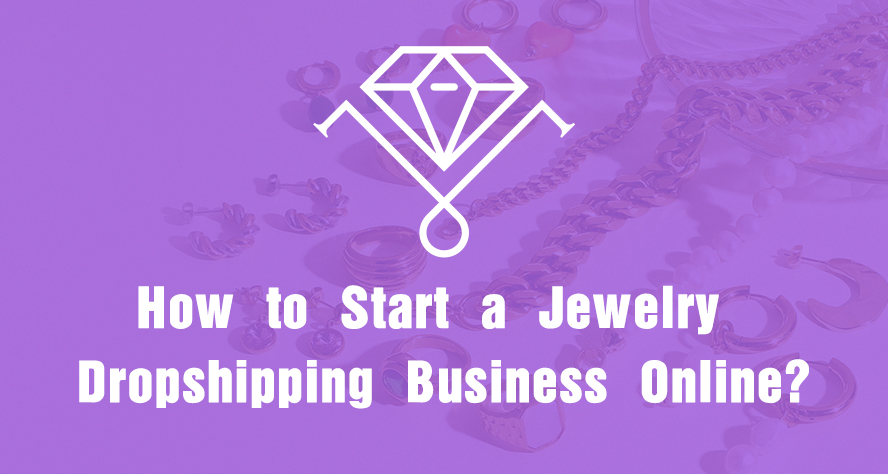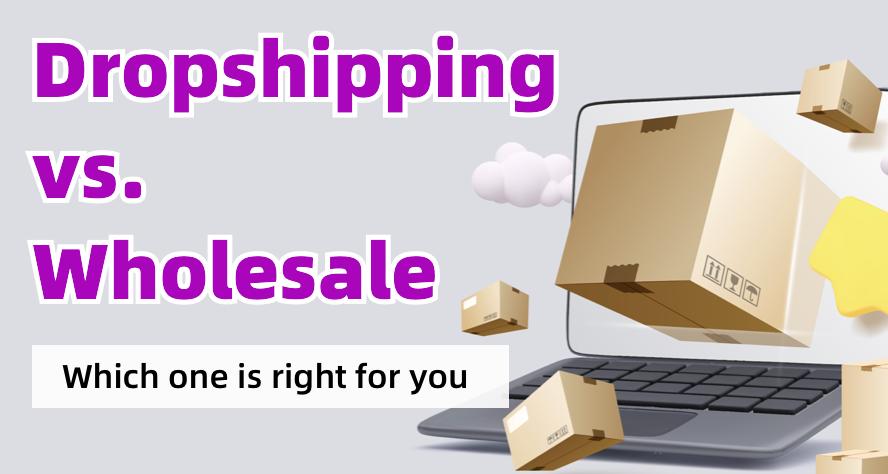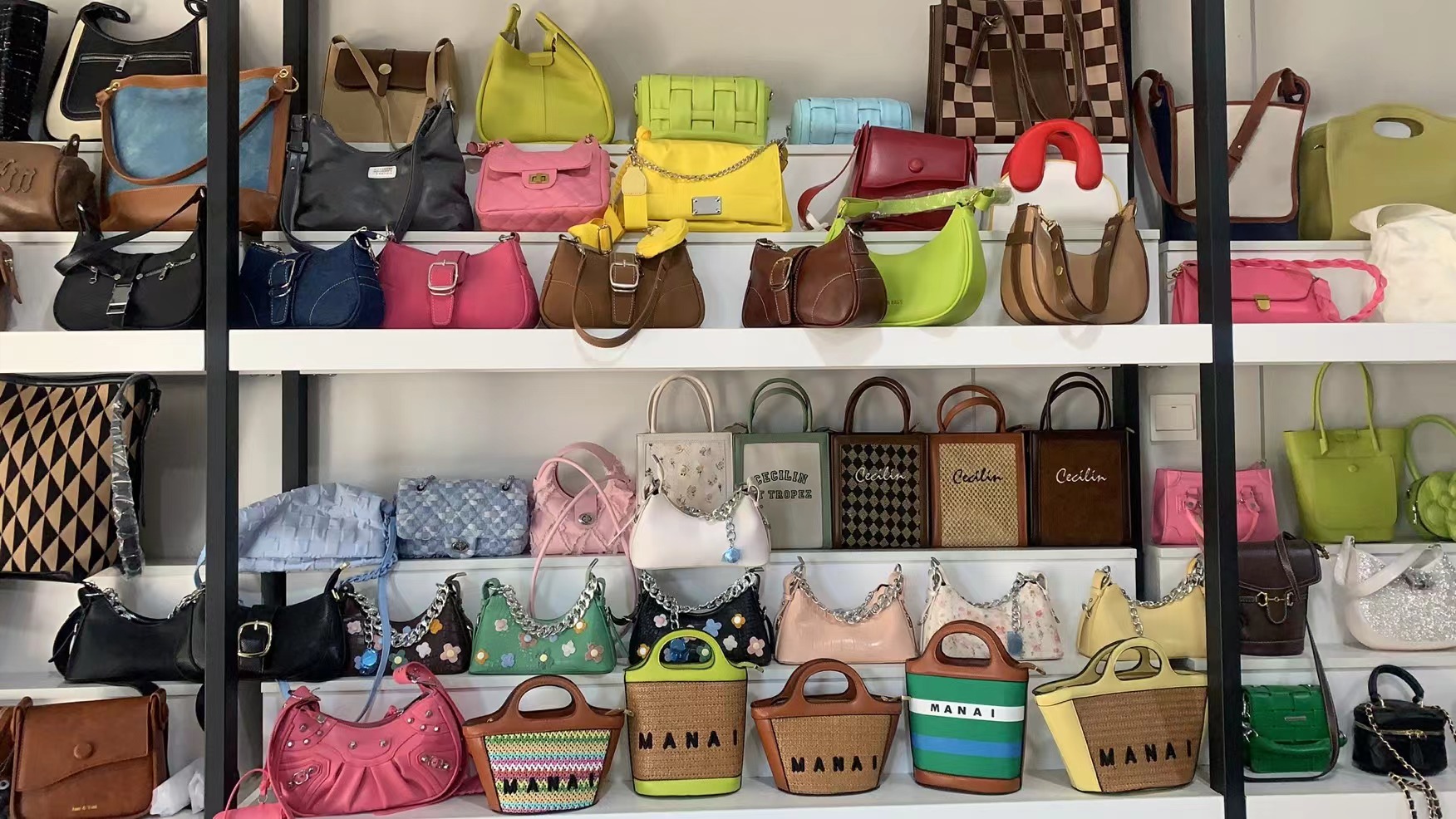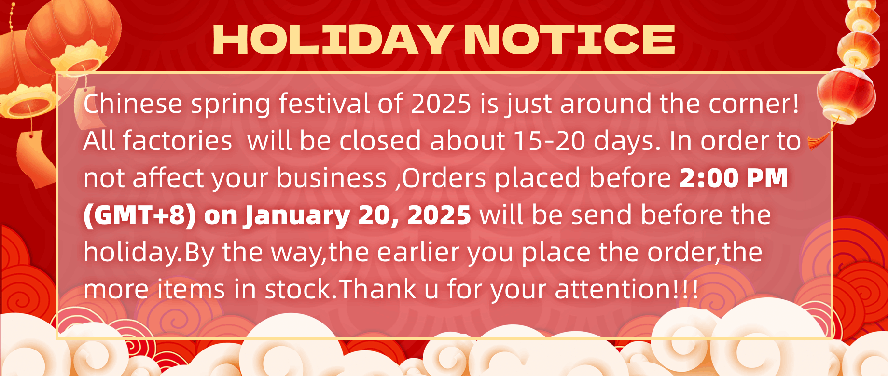Dropshipping is the process of moving goods from the manufacturer directly to the retailer without going through the usual distribution channels.
With all the success people have had to sell products on Amazon, it’s no surprise that there are plenty of people that want to start their own Amazon business.
What is Amazon?
Amazon is located in Seattle, Washington, in the United States. Established in 1995, Amazon is the largest online e-commerce site in the United States. It began on the internet as a book sales business and expanded to a wide range of other products that have made it one of the biggest online retail platform.
Amazon and other vendors offer numerous unique new, refurbished and second-hand goods to customers, such as books, music and games, movies, toys, food, clothing, digital downloads, home gardening supplies, electronics and computers, baby products, footwear and jewelry, sports and outdoor products, automotive, industrial products and health, personal care products.
Amazon has now become the world’s largest retailer of users, significantly surpassing Wal-Mart, Apple, eBaybizWatch, and China’s e-commerce giant Alibaba.
The Pros of Amazon Dropshipping Business

It is relatively easy.
By now, you must have realized that drop shipping on Amazon is relatively easy. Once you find the right product and supplier, your half the job is done.
With no logistics or shipping operations to look after, you can put all your energy into creating marketing strategies and crafting listing for your products on Amazon.
It requires very little investment.
Since you are not paying for any inventory or shipping, the money you need to invest in your business is practically next to nothing. All you need to take care of is your Amazon selling fees, which is nothing in comparison to buying the product in advance.
It also gives you more room to be a bit more aggressive with PPC marketing. You can go about investing more money into the ads for better performance and visibility. Of course, this will work as long as you know what exactly you are doing; otherwise, it will prove to be a costly mistake.
You can jump into markets with ease!
This one is one of the most significant advantages of drop shipping. Given that all it needs is the right product and a good supplier, there is no limit to how many categories and niches you can explore.
Nothing is stopping you from diving into different markets and establishing yourself as a player there. All you need is sound marketing knowledge and a reliable supplier. If you think you are good at it, then give Amazon dropshipping a try!
Allow retailers to redistribute focus.
Dropshipping can free up time for a seller since they don’t actively participate in the fulfillment process and allow them to focus more on their marketing or branding efforts. Unfortunately, with Amazon, this can lead to several cons as well – which we will talk about in the next section.
The Cons of Amazon Dropshipping Business

Your profit margins may not be that striking.
Let’s face it — the margins you get after paying your supplier all the product costs and any associated handling/shipping fees may not be enough. The best you can do to negate this drawback is go after a product which has excellent margins.
Inventory is not in your control.
We mentioned previously that not having inventory is a good thing as it saves you from the hassle of investing. However, with inventory not in your control, it will be a bit detrimental for your business if your supplier suddenly goes out of stock.
It is because inventory level is an essential metric in Amazon SEO. The minute your product goes out of stock, Amazon will replace your listing in the search results with that of your competitors. Once that happens, you will have to start from scratch to regain your position.
You cannot guarantee shipping.
Just like inventory, shipping is another aspect of your Amazon business that will be out of your hands in dropshipping. It all depends on your supplier’s ability to process the orders and deliver them on time.
If he manages to pull it off, excellent, if not, then your business will suffer. For this reason, you must make sure that you find a reliable partner to do business.
Consumer – seller relationship can suffer.
Because sellers are not directly managing their shipments – the interaction between a seller and their customer can suffer. The element of personalization and customization can be lost between the third party of the middle man handling the order process.
Lack of packing and customer experience control.
Dropshipping also removes customization from the seller for specific packaging. Because the shipments come directly from the drop shipper to the customer – the seller doesn’t have the opportunity to include inserts or specialized promotions for their customers. The drawback is this can harm your branding efforts and diminish the customer loyalty relationship.
Amazon’s Policy on Drop Shipping
Amazon accepts the model of allowing a third-party to fulfill the orders on your behalf, but before that happens, you need to meet certain conditions such as:
- You must be the seller of your products on record.
- You must identify yourself as the seller on all invoices, packaging slips, and in any other seller information provided with the product.
- It is your responsibility to process and accept returns and refunds.
- You must remove any information which identifies your supplier as the third-party fulfilling your order.
- You cannot purchase products from another online merchant and have him/her ship the product directly to the customer.
- Lastly, you must comply with your Seller Agreement and must adhere to Amazon’s selling policies.
View more articles about Amazon.
Final Thoughts
Amazon drop shipping is a valuable quest. Your supplier should be reliable, trustworthy, and knows what you need. On your end, you need to take care of running the show on Amazon — listing creation, marketing, gathering reviews, and improving your product’s visibility.
If you feel that you are quite knowledgeable in these aspects but don’t have the necessary money to invest in buying inventory, then dropshipping is the answer for you.









4 Comments
Rita Marie Evans
Hello, Jessica,
I have some questions about drop shipping through Amazon and through your company.
I did have items drop shipped back in 2003-2004 through Overstock B2B, and it was great, but, to my knowledge does not exist anymore. At that time, I could show any item they had in my eBay store, and that was directly shipped to the buyer. That is what I am looking for, but regarding Amazon, the way I understood it was that as a seller there, I would have to purchase everything I intend to sell, have it shipped to Amazon, and then they would take it from there. That could mean a large investment in order to offer more product. The way I am understanding what you describe, we do not have to purchase inventory to ship to Amazon. I am confused about which way it is when selling new products.
The other thing I wanted to ask about is this: If I use stock photos of your items to sell on Amazon, if I have just one item purchased from me but from your inventory, how are you able to drop ship if I order the minimum of three with your company making money? I don’t see how, with all the inventory you have, how there is a profitable way for you to fulfil one order of one piece. And, that is what drop shipping is. That was one part of the question Now, second part. If I place drop ship order going to only one person, and my minimum is 3 per item, the only way I can see that work (but not profitably for you) is to ship one to my customer and the other 2 to me? That does not sound like good business for you, so could you please explain to me how the above works and also about Amazon. I would have started selling on Amazon long ago if I thought I didn’t have to have inventory shipped to them to hold til it sells or have it shipped to me (which is not drop shipping, and I deal with the inventory, packing, shipping. As I understood it, if after a certain period of time, any item(s) do not sell, Amazon then stores it and charges a storage fee OR they dispose of it, depending on what the Amazon seller decides. The way you say it is is much more appealing. Also, I believe Amazon takes 40% of the sale, either 30% or 40%.
I really do need professional help with these questions, as I would love to start selling products through your company.
Thank you so much,
Rita Marie Evans
jessica
Hello, Rita! Impressed and for this professional inquiry We may suggest you: Please send an email to sales@nihaojewelry.co.uk or add this WhatsApp+86 188 5897 4861, our advisor will help you to resolve all kinds of problems, thank you!
Lakeisha
Hello, I am interested in drop shipping on Amazon with this company. Can you give me more details in getting started with you guys. I am an amazon seller. Looking to have a long time relationship with a fast, reliable, trust worthy, great quality company for my business.
jessica
Hi, Lakeisha
We are looking forward to working with you. For specific information, you can contact our customer service.
Whats app:+86 189 5796 1698